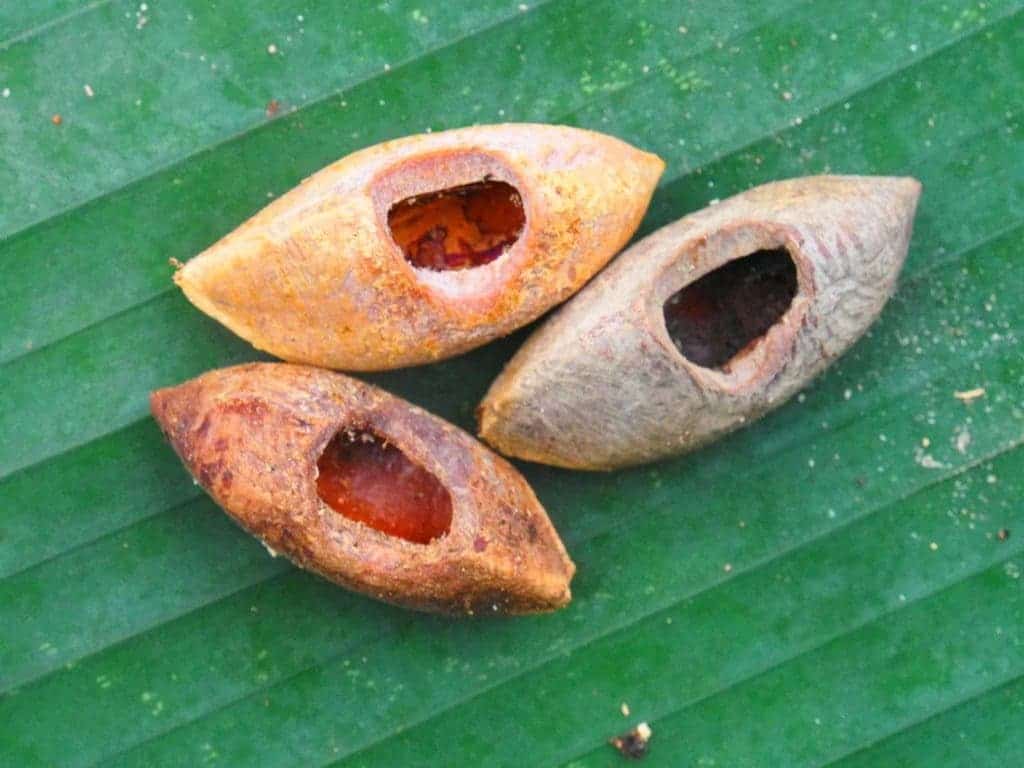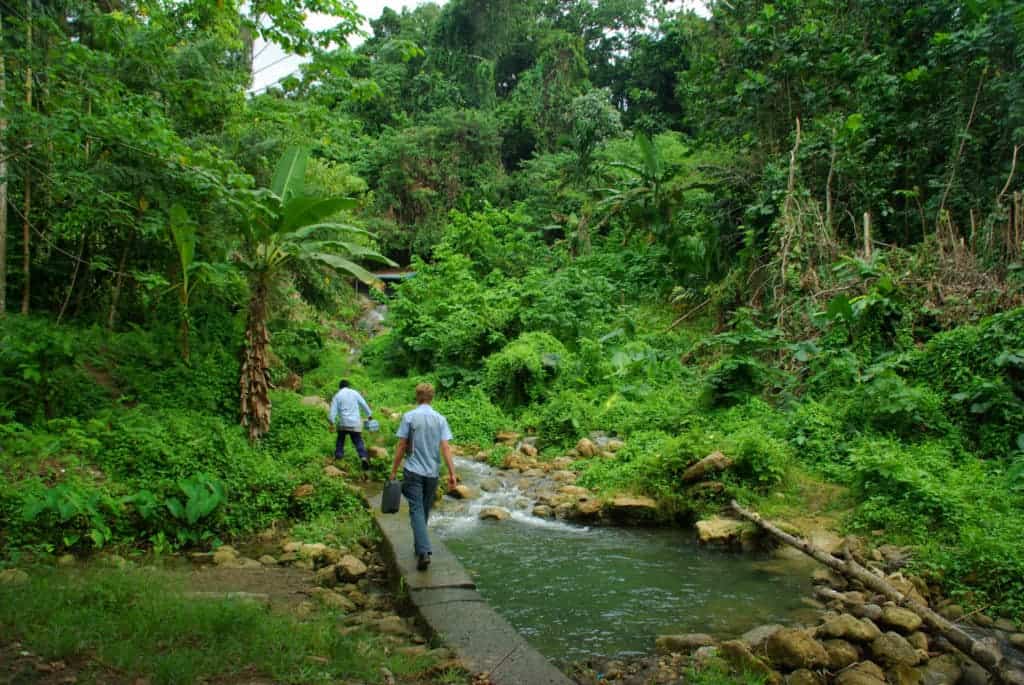A new study claims that bee venom can kill cancer cells, which has the cancer…
Giant (adorable?) species of rat discovered in the Solomon Islands
Mammalogist tyrone lavery had heard rumors of a giant, possum-like rat that lived in the trees, but he was still surprised when he encountered it.
“When I first met with the people from Vangunu Island in the Solomons, they told me about a rat native to the island that they called vika, which lived in the trees,” says Lavery. “I was excited because I had just started my Ph.D., and I’d read a lot of books about people who go on adventures and discover new species.”
Locals told Lavery that the rat was large enough to crack open coconuts with its teeth. He first heard these rumors in 2010, but after ten failed expeditions to the islands, he almost gave up. This is a common problem biologists face in the Solomon Islands: despite being really exotic, it’s hard to find new species. Each island has something new and interesting to offer, but many of those things have already been discovered — or have been killed off since. Numerous species were discovered in the late 1800s or early 1900s, but many of these species were spotted again. Lavery feared this was the case with the vika, extinct before it could even be studied. The ongoing deforestation in the area was not an encouraging sign.
“I was sure that vika existed, but I was very worried it may have been a species that was already extinct, and that the signs of vika people were telling me about — for example, chewed ngali nuts — were merely from the introduced rats,” Lavery said. “After some exhausting attempts to find it, I was on the verge of giving up.”
He even started considering that the locals just called regular (big) rats vika, but he didn’t give up the search. The problem is, Lavery says, that it’s always more difficult to find tree-dwelling animals. When you’re looking for something on the ground, you’re basically looking for it in 2D. When you’re looking up in the trees, there’s a whole new extra dimension to consider, and that makes things much harder.

Nuts bearing the characteristic tooth-marks of Uromys vika. Credits: Courtesy of Tyrone Lavery, The Field Museum.
Eventually, he found one. Scurrying off from a felled tree, it was immediately obvious that there was something different about this rat.
“The new species, Uromys vika, is pretty spectacular — it’s a big, giant rat,” said Lavery, a post-doctoral researcher at The Field Museum in Chicago and the lead author of the Journal of Mammalogy paper announcing the rat’s discovery. “It’s the first rat discovered in 80 years from Solomons, and it’s not like people haven’t been trying — it was just so hard to find.”
Lavery carried out DNA tests to be sure he’d found something different, and he also consulted the locals to confirm it was the vika they knew. “This project really shows the importance of collaborations with local people,” he says. Too often, local stories are discarded as myths or exaggerated anecdotes. It’s true that this is often the case, but sometimes, it can lead to spectacular discoveries.
From its head to the end of its tail, the vika measures 50 centimeters (about a foot and a half), and weighs more than 1 kilogram (2.2 pounds). It hasn’t been witnessed cracking coconuts, but they do have a penchant for chewing circular holes into nuts to get at the meat. Its giant size and unusual lifestyle can be traced to the peculiarities of the Solomon Islands. The islands are biologically isolated from one another, and often feature different types of habitats which force the dwellers to adapt. Vika’s ancestors probably drifted from the mainland on logs or other vegetation. They must have looked like regular rats, but once in the new habitat, they adapted into the wonderful species we see today.
Unfortunately, things aren’t looking too good for the newly-found vika. Logging and the destruction of its rainforest habitat could spell certain doom, and its brilliant adaptation could amount to nothing.
“It’s getting to the stage for this rat that, if we hadn’t discovered it now, it might never have gotten discovered. The area where it was found is one of the only places left with forest that hasn’t been logged,” says Lavery. “It’s really urgent for us to be able to document this rat and find additional support for the Zaira Conservation Area on Vangunu where the rat lives.”

Typical rainforest landscape from the Solomon Islands. Credits: Department of Foreign Affairs and Trade.
Considering how rare it is to find a new mammal, it’s extra important that we preserve the vika. Like it, many other species likely await discovery in the lush Solomon rainforest, and unfortunately, many that we will never discover because we’ve already wiped them out. But even that doesn’t tell the whole story. Conserving the species, Lavery emphasizes, has more than a biological component: it’s also important culturally. Locals have songs about it, children are taught nursery rhymes with the vika, and all of that could go away.
Source: https://www.zmescience.com/ecology/animals-ecology/giant-rat-solomon-islands-27092017/?utm_source=ZME+Science+Newsletter&utm_campaign=07bc9dba4d-RSS_EMAIL_CAMPAIGN&utm_medium=email&utm_term=0_3b5aad2288-07bc9dba4d-242664809&goal=0_3b5aad2288-07bc9dba4d-242664809




